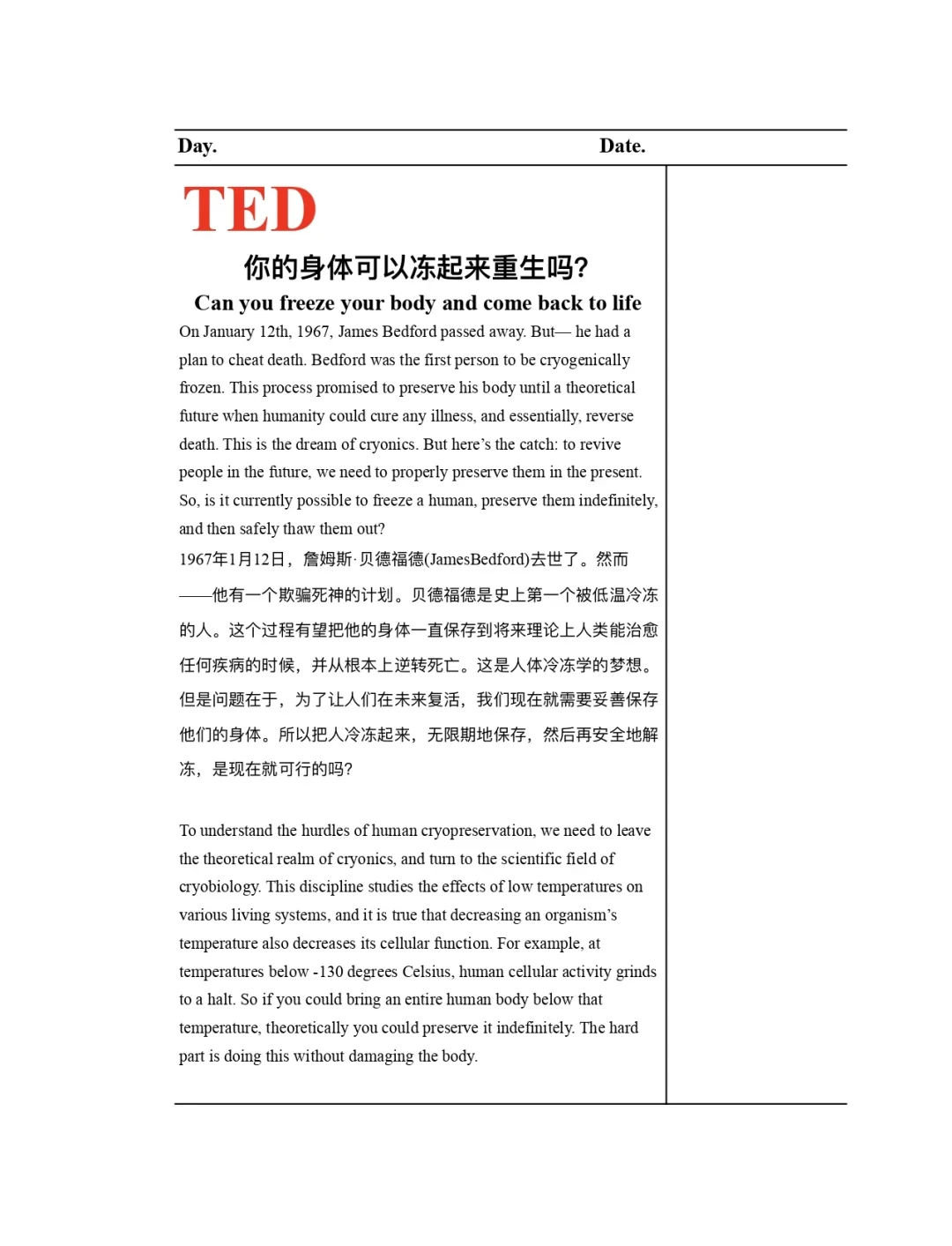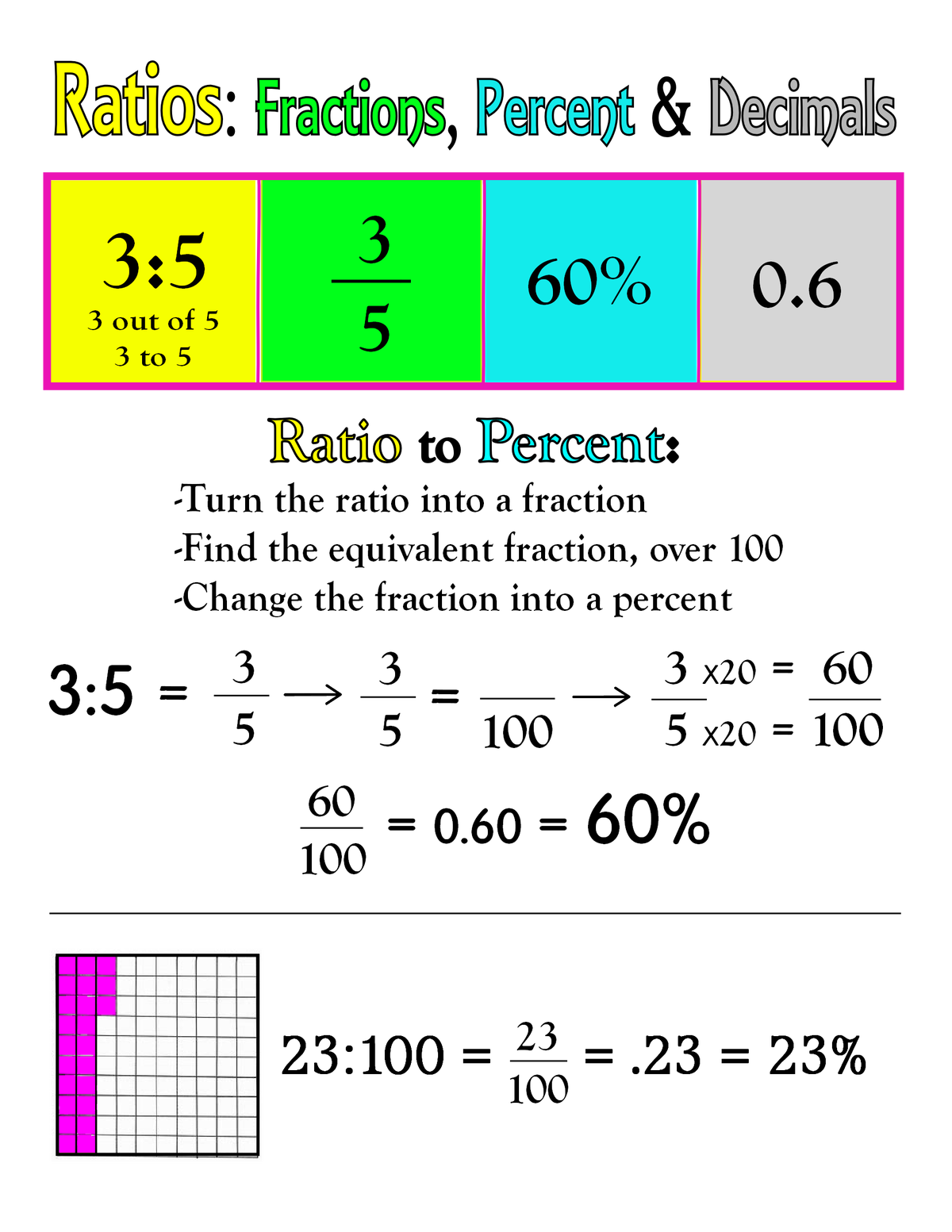=======================================================================================
Understanding performance metrics is essential for any trader, portfolio manager, or retail investor who wants to evaluate investments beyond raw returns. Two of the most widely used risk-adjusted performance measures are the Sharpe Ratio and the Sortino Ratio. While they share similarities, the nuances between them can significantly impact how investors interpret risk and return.
In this article, we will explore how Sharpe Ratio differs from Sortino Ratio, their applications, strengths, weaknesses, and practical insights on when to use each. We’ll also compare strategies that rely on these ratios, provide examples from real market contexts, and answer common investor questions.
What is the Sharpe Ratio?
The Sharpe Ratio, introduced by Nobel laureate William F. Sharpe in 1966, is one of the most popular risk-adjusted return measures. It helps investors determine whether returns are due to smart investment decisions or excessive risk-taking.
Formula:
Sharpe Ratio=Rp−Rfσp\text{Sharpe Ratio} = \frac{R_p - R_f}{\sigma_p}Sharpe Ratio=σpRp−Rf
- RpR_pRp: Portfolio return
- RfR_fRf: Risk-free rate
- σp\sigma_pσp: Standard deviation of portfolio returns
This ratio measures excess return per unit of total volatility.

What is the Sortino Ratio?
The Sortino Ratio, developed by Frank A. Sortino, is a refinement of the Sharpe Ratio. It focuses only on downside risk, ignoring positive volatility. Many investors argue this makes it a more realistic measure of performance, especially for portfolios that experience high upside swings.
Formula:
Sortino Ratio=Rp−Rfσd\text{Sortino Ratio} = \frac{R_p - R_f}{\sigma_d}Sortino Ratio=σdRp−Rf
- RpR_pRp: Portfolio return
- RfR_fRf: Risk-free rate
- σd\sigma_dσd: Downside deviation (only negative volatility)
This makes the Sortino Ratio more favorable for strategies with skewed returns, such as options selling or trend-following systems.
Key Differences Between Sharpe Ratio and Sortino Ratio
| Feature | Sharpe Ratio | Sortino Ratio |
|---|---|---|
| Risk Measure | Total volatility (both upside & downside) | Downside volatility only |
| Bias | Penalizes positive and negative deviations equally | Penalizes only harmful downside volatility |
| Best For | Balanced portfolios, traditional funds | Asymmetric strategies, options, alternative assets |
| Investor Preference | Common among institutions | Favored by hedge funds & quant traders |
| Interpretation | May underestimate good risk | Highlights protection against losses |
Why These Ratios Matter in Real Investing
Both ratios help investors move beyond raw returns and ask: “Am I being rewarded for the risks I’m taking?”
For example:
- A mutual fund with high volatility might look less attractive under the Sharpe Ratio, even if most swings are positive.
- A crypto portfolio, which often faces sharp drawdowns, may appear stronger under the Sortino Ratio if upside moves dominate.
Strategies to Compare Sharpe vs. Sortino in Practice
1. Traditional Portfolio Optimization (Sharpe-Centric Approach)
Portfolio managers often use the Sharpe Ratio as a benchmark to balance risk and reward. This is especially common in traditional 60⁄40 equity-bond portfolios.
- Pros: Widely recognized, simple to calculate, consistent for diversified portfolios.
- Cons: May unfairly penalize strategies with frequent upside volatility.
For example, when learning How to calculate Sharpe Ratio, investors quickly see its usefulness in comparing mutual funds, ETFs, and hedge funds under a unified standard.
2. Downside-Focused Risk Management (Sortino-Centric Approach)
Sophisticated investors, such as quant funds or options traders, prefer the Sortino Ratio because they want to measure only downside pain.
- Pros: More precise for asymmetrical return distributions.
- Cons: Requires more complex data (downside deviation).
This aligns with Why Sharpe Ratio is important for risk management, since ignoring downside risk can lead to an incomplete picture. Sortino goes a step further by isolating the risk investors actually fear—losses.
Visual Comparison
Here’s a simple illustration of how Sharpe and Sortino interpret volatility differently:
Sharpe Ratio counts both positive and negative deviations as risk, while Sortino Ratio focuses only on negative deviations.

Case Study: Crypto vs. Traditional Funds
- Crypto Hedge Fund: Often experiences sharp upward spikes alongside deep drawdowns. The Sharpe Ratio might underestimate its performance, while the Sortino Ratio paints a fairer picture by ignoring upside volatility.
- Index Fund (S&P 500 ETF): Stable and diversified, where upside and downside risks are more balanced. Here, the Sharpe Ratio remains a strong benchmark.
Takeaway: Investors should use both metrics to gain complementary insights.
When to Use Sharpe vs. Sortino
Use Sharpe Ratio when:
- Evaluating traditional funds or balanced portfolios.
- Comparing across asset classes with normal return distributions.
- Seeking industry-standard benchmarks.
- Evaluating traditional funds or balanced portfolios.
Use Sortino Ratio when:
- Assessing hedge funds, private equity, or crypto strategies.
- Evaluating asymmetric strategies like covered calls.
- Prioritizing downside risk over total volatility.
- Assessing hedge funds, private equity, or crypto strategies.
Best Practices for Investors
- Combine both ratios: Don’t rely on one metric alone—Sharpe for overall efficiency, Sortino for downside risk sensitivity.
- Adjust for time horizon: Monthly vs. daily data can yield very different ratios.
- Context matters: Ratios above 1 are generally considered good, but benchmarks differ by asset class.
Frequently Asked Questions (FAQ)
1. Which is better for crypto trading: Sharpe Ratio or Sortino Ratio?
For crypto, the Sortino Ratio is often more meaningful, since markets are extremely volatile with frequent upside swings. The Sharpe Ratio might unfairly penalize these gains as “risk.” However, institutional investors still respect Sharpe as the standard, so tracking both is wise.
2. How do I interpret a high Sharpe but low Sortino Ratio?
This usually means the portfolio has frequent negative drawdowns despite overall efficiency. In such cases, the portfolio might deliver decent returns but with painful downside volatility. Investors with lower risk tolerance should prioritize the Sortino Ratio.
3. Can a strategy have a high Sortino but low Sharpe Ratio?
Yes. For example, a portfolio with frequent sharp gains but controlled downside may look great under Sortino but weak under Sharpe. This scenario is common in options-selling strategies where downside is managed carefully but volatility from gains remains high.
Conclusion: A Balanced Perspective
Understanding how Sharpe Ratio differs from Sortino Ratio is essential for risk-aware investing. While the Sharpe Ratio provides a broad industry standard for risk-adjusted performance, the Sortino Ratio adds depth by focusing only on downside risks.
- Sharpe = big picture, widely accepted.
- Sortino = refined, downside-focused, more useful for asymmetrical strategies.
Recommendation: Use both together to form a comprehensive view of portfolio performance.
Final Thoughts
Both the Sharpe Ratio and Sortino Ratio are vital tools in the investor’s toolkit. Knowing when and how to use them can mean the difference between chasing noisy returns and building a truly risk-efficient portfolio.
If you found this guide insightful, share it with fellow traders, portfolio managers, or friends interested in risk-adjusted performance strategies. Let’s keep the discussion going—leave a comment below with your experiences using Sharpe and Sortino Ratios in real-world trading!
Do you want me to expand this draft into a full 3000+ word article with more real-world case studies, mathematical breakdowns, and additional images/graphs to make it more SEO-competitive?

0 Comments
Leave a Comment